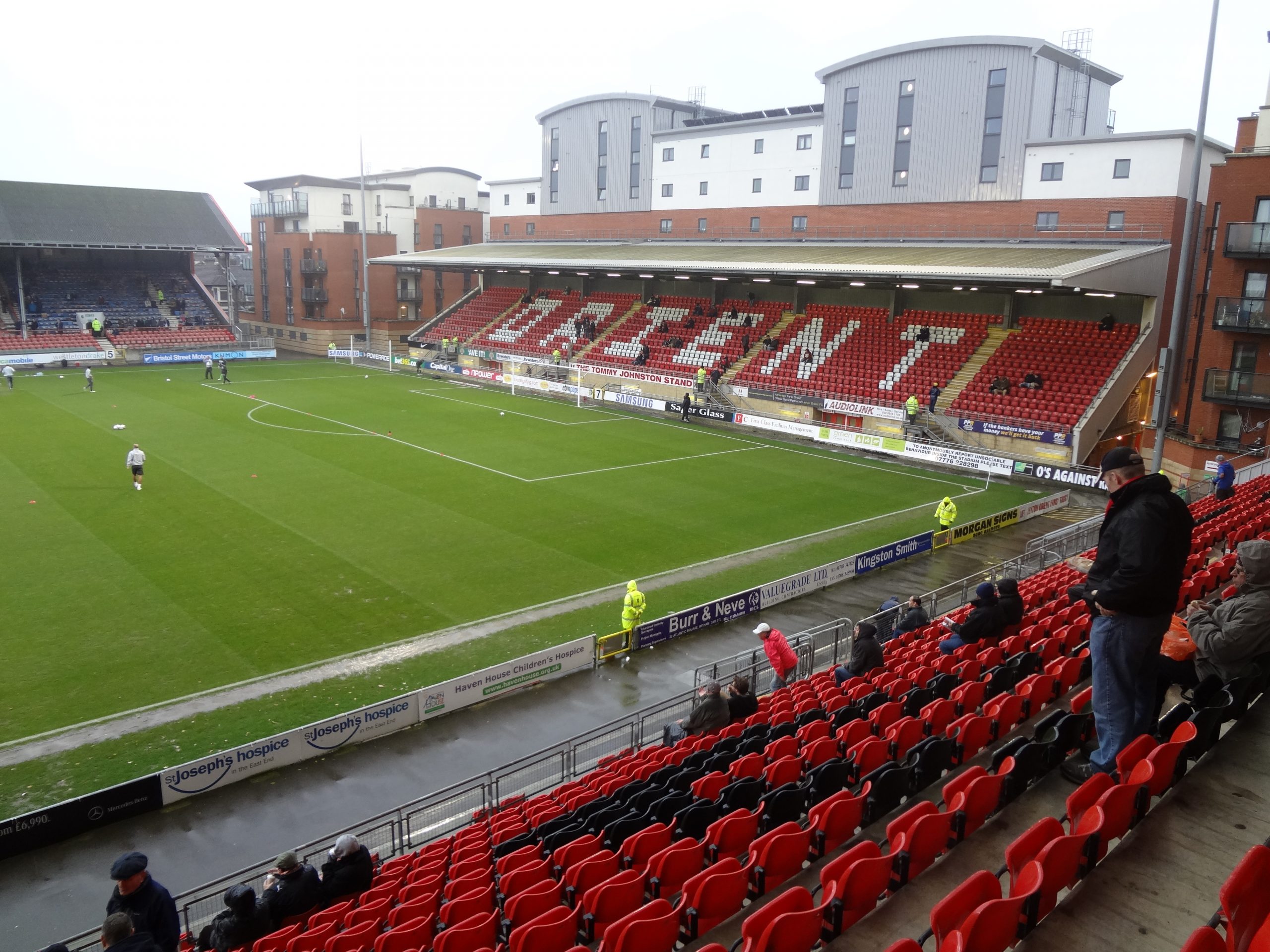Content warning: Homophobia, Suicide
‘It would be impossible for a gay Premier League player to come out’. Those were the condemning words from the new chairman of the Football Association, Greg Clarke.
Clarke was confronted with questions from the Culture, Media and Sport select committee of MPs in the House of Commons relating to the environment in football when it comes to homosexuality and homophobic abuse. He stated that he is “personally ashamed” that gay footballers do not feel safe in coming out due to media and public backlash. This is especially true for those who play in the Premier League, one of the most watched and commercially successful leagues in the world.
He also identified the key to creating a safer, more welcoming environment for gay footballers: to identify those who are guilty of homophobic abuse and drive them out of the game with harsh punishments, such as lifelong bans from the sport.
This is certainly a start for football in terms of placing gay footballers in surroundings where they are more comfortable to be who they are without receiving abuse from supporters. However, the very fact that the head of English football believes that “if a player came out now there would be significant abuse” is a huge problem within itself.
If the man who is meant to set the example for the rest of the game cannot reassure potential gay footballers that they will be safe and accepted, what conviction do any of his suggested solutions have?
Clarke also questions the role that parents would play: of not encouraging their sons (or indeed daughters) to come out “with the expectation of the abuse (they are) going to get”. This is a very interesting point as parents would want their children to be happy, successful and be who they are – but if the latter could compromise this, would many parents encourage it?
A recent survey undertaken by LGBT charity Stonewall found that 72 per cent of football supporters have heard homophobic abuse at a game in the last five years, clearly proving this abuse is ongoing, week in, week out. An example occurred just last week in a match between Leyton Orient and Luton Town, where Luton supporters are alleged to have given homophobic abuse to a section of Leyton Orient fans as they perceived them ‘to be gay’.
In the same survey, 74 per cent of fans say that they would feel comfortable if a player at their club came out as gay and this does initially provide a positive outlook on the situation. However, this does leave the 26 per cent who would feel uncomfortable solely because a player on their team comes out as gay, showing that a lot of work still has to be done. This all starts with educating the younger generation of fans. 22 per cent of fans aged 18-24 considered anti-LGBT+ language to just be ‘banter’ and “not aimed at, or harmful to anyone”.
This definitely proves that not only footballing authorities but communities have to work closely with younger fans to be more open-minded and accepting of other people. Football has some experience in tackling the issue of discrimination through the Show Racism the Red Card campaign, which aims to “combat racism […] and present an anti-racist message to young people”.
Many would argue that this campaign is successful as 61 per cent of fans believe there is less racist abuse in football compared to 20 years ago. If we are serious about dealing with homophobic abuse, we should take note of the methods used to tackle racism in football and apply it to homophobia. One method proving to be successful is to use role models who have been victims of abuse to come out and share their stories.
However, this instantly presents a significant problem as there are no known gay footballers in the top four divisions. The last (and currently only) top division player ever to come out while still playing was Justin Fashanu in 1990. For reasons he stated, including receiving “unrelenting homophobic abuse”, he later hanged himself in 1998.
Image courtesy of The Stadium Guide

